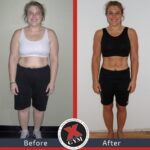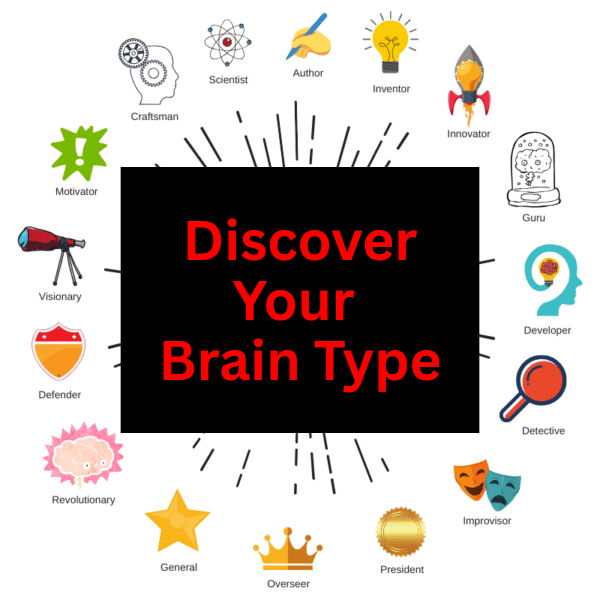Fitness testing is more than just measuring how fast you can run or how many sit-ups you can do. It is a helpful tool that shows how fit you are and what areas you need to work on. Fitness testing helps you see the big picture, so you can train smarter, not harder.
Regular fitness testing shines a light on your strengths and spots areas that need a little extra attention. It can be a real source of encouragement, showing you how far you’ve come and what you’ve achieved. Seeing improvements in your tests can be very motivating, driving you to keep pushing forward.
As part of a well-rounded fitness plan, regular testing turns vague goals into tangible targets. By focusing on specific metrics, you’ll understand what exercises work best and tweak your routine for better results.
As you progress, fitness testing ensures your plan stays fresh and effective, perfect for reaching your long-term health goals.
The Importance of Fitness Testing
Fitness testing is important for evaluating your current physical health and performance levels. It involves a series of assessments that measure different aspects of your fitness, giving you a clear picture of where your strengths lie and where you might need improvement. Regular fitness testing helps set a benchmark, allowing you to track your progress over time.
Understanding your physical capabilities through testing can be motivating. Instead of setting arbitrary goals, you rely on specific data. Knowing your starting point makes it easier to set realistic goals, leading to a greater sense of accomplishment as you work toward meeting them. When you see tangible evidence of improvement, such as increased strength or better endurance, you are more likely to stay committed to your fitness routine.
Fitness testing provides a road map for your fitness journey. It sheds light on what to focus on during workouts. Not to mention, it can help you avoid overtraining by identifying areas that do not need as much focus. With the right approach, fitness testing not only enhances self-awareness but also boosts motivation by showing how far you’ve come.
Key Components of Fitness Testing
Fitness testing comprises several components that offer a detailed look at your overall health and fitness. These essential assessments help you understand various aspects of your physical condition:
- Cardiovascular Endurance: This shows how well your heart and lungs work during exercise. It is typically measured by the mile run or a similar endurance exercise, which you can do yourself, but we can also provide a full VO2 Max test with our Pnoe unit on our Carol AI bike. This can be viewed on our rates page.
- Muscular Strength: The push-up test is a common method to measure this. It evaluates the maximum force a muscle can exert in a single effort. We have a comprehensive overall test that measures many metrics, also on our rates page.
- Flexibility: This can be assessed through tests like the sit-and-reach, which measures the flexibility of the lower back and hamstrings. Our comprehensive fitness test mentioned above also measures this.
- Body Composition: This involves measuring the ratio of fat to lean mass in your body, often done using calipers or electronic devices. Our members get free unlimited access to our “$10,000 scale,” the InBody 570 Bioelectrical impedance body composition device.
These fitness tests provide a comprehensive view of your fitness level. Understanding each component helps you address specific areas in your fitness plan. For instance, if your cardiovascular endurance is high but your flexibility is low, incorporating more stretching exercises could be beneficial, which we can customize based on your flexibility balance and goals.
By using these tests, you can have measurable and objective results to lead your fitness journey. Having this detailed information allows for tailored workouts that cater to your specific needs and goals. Whether you’re aiming for better health or athletic performance, fitness testing provides valuable insights for effective training strategies.









